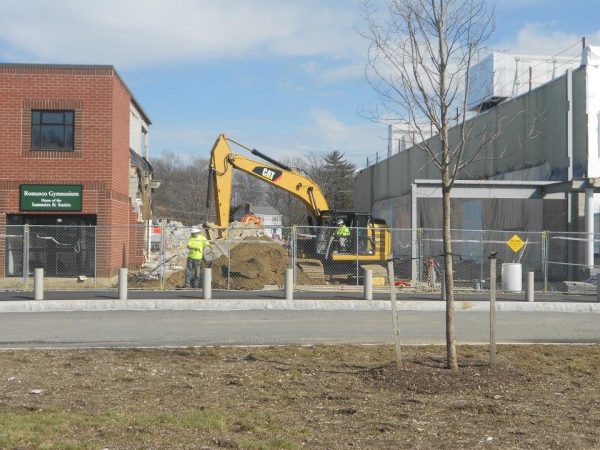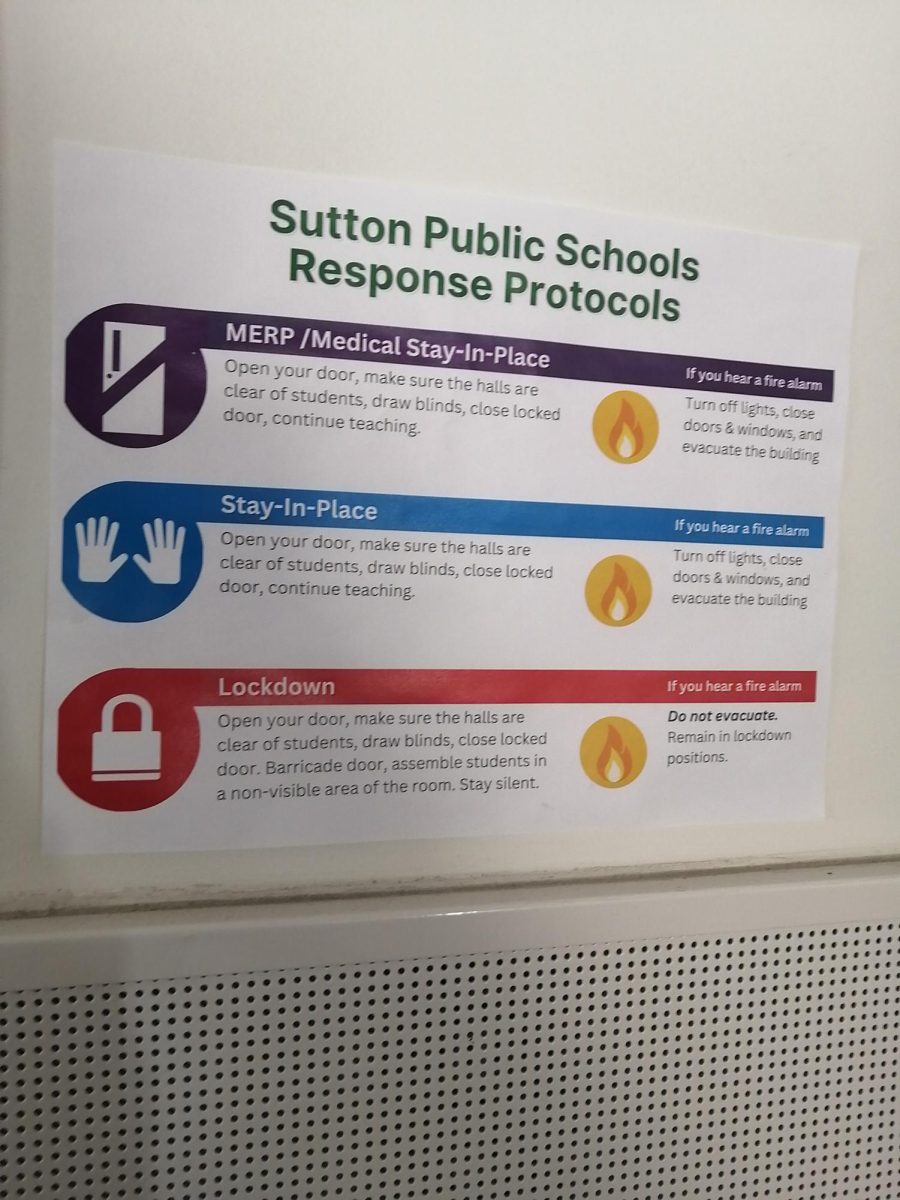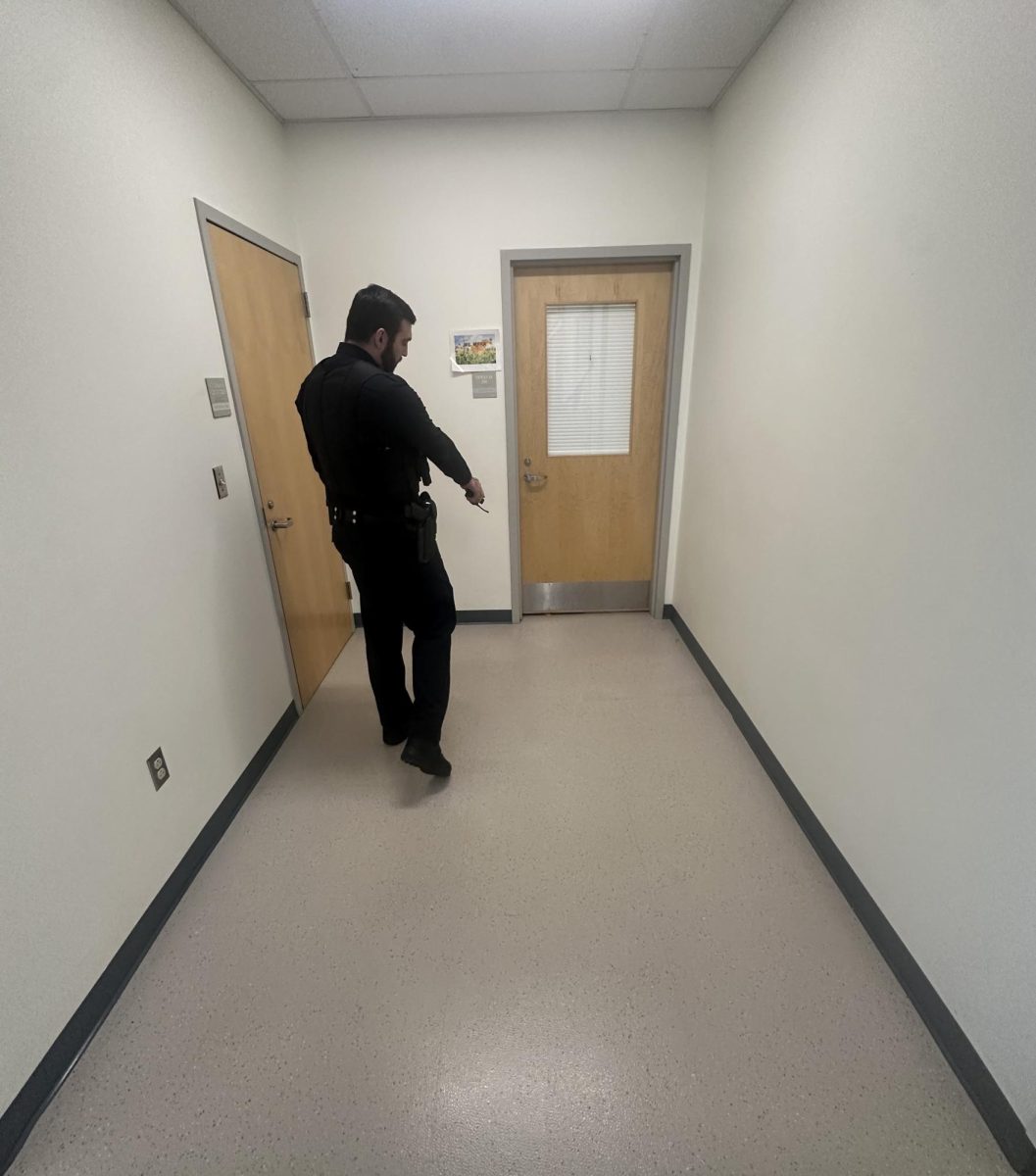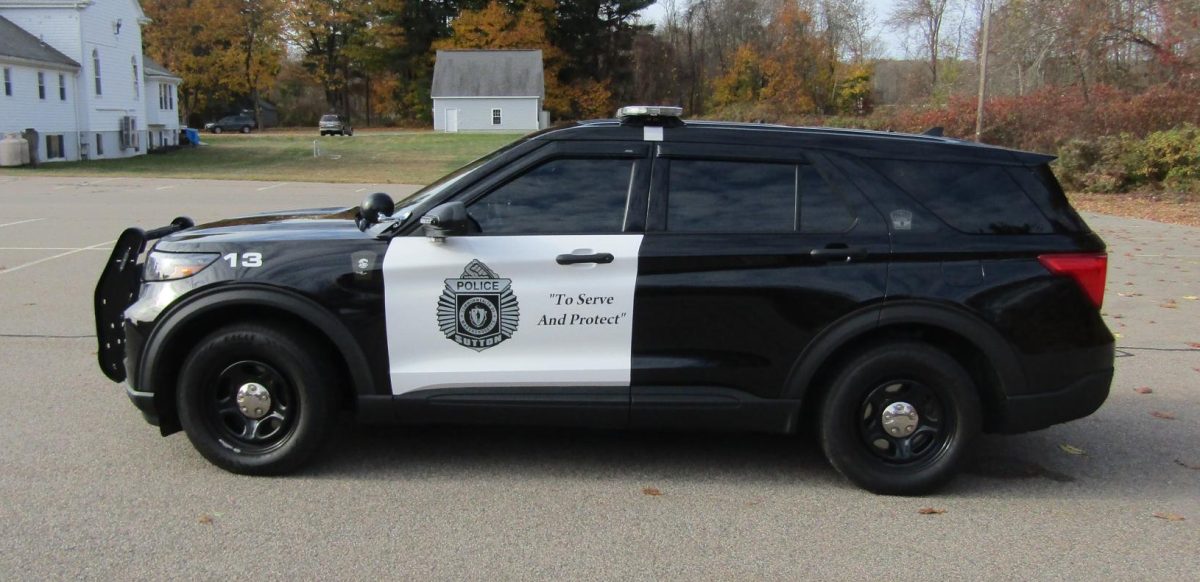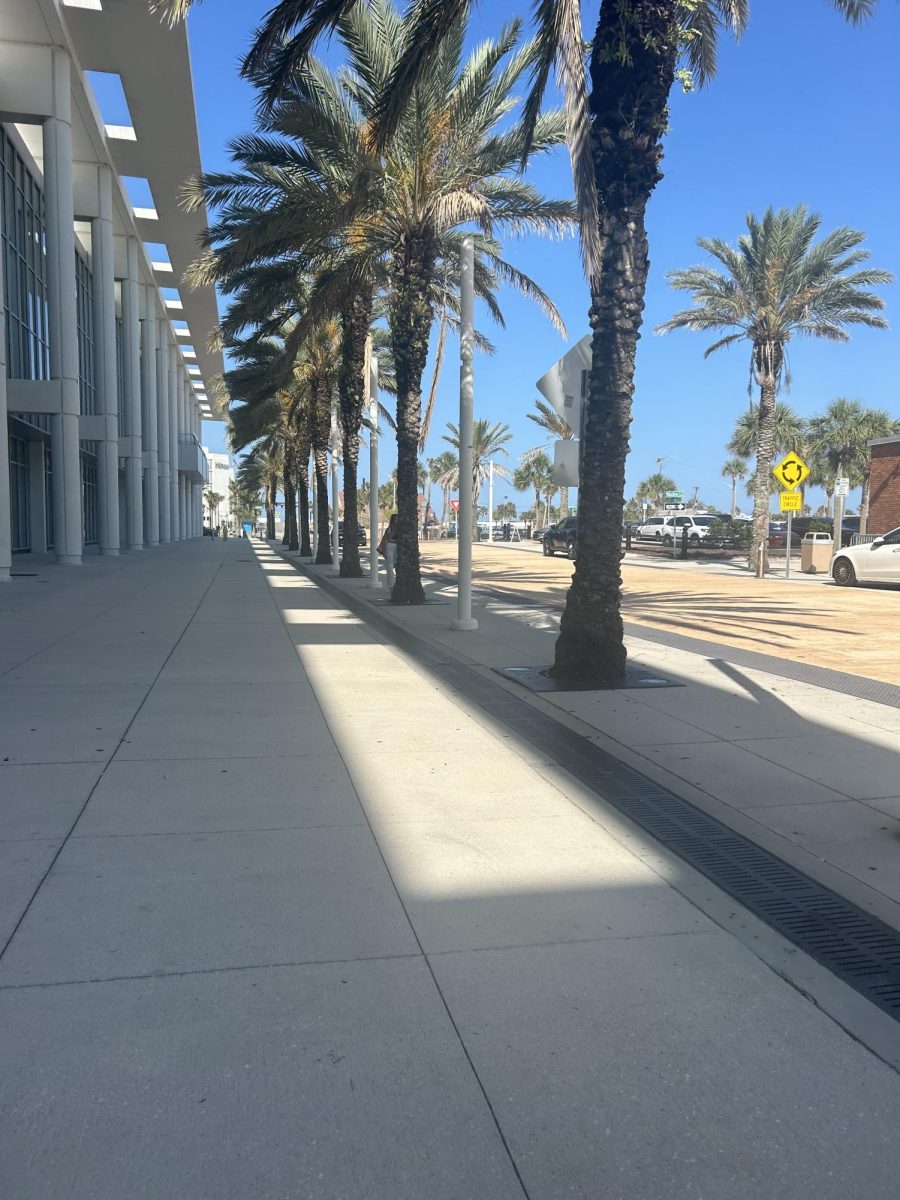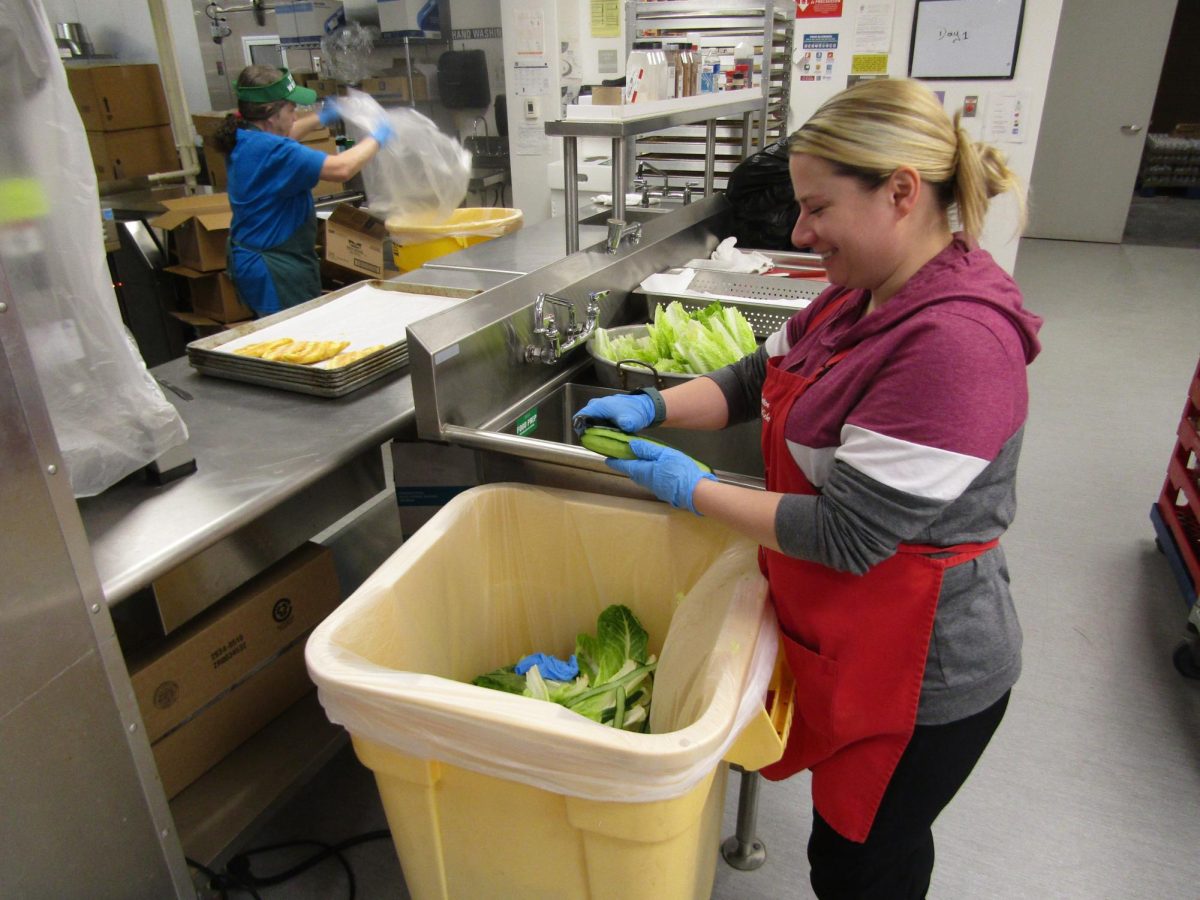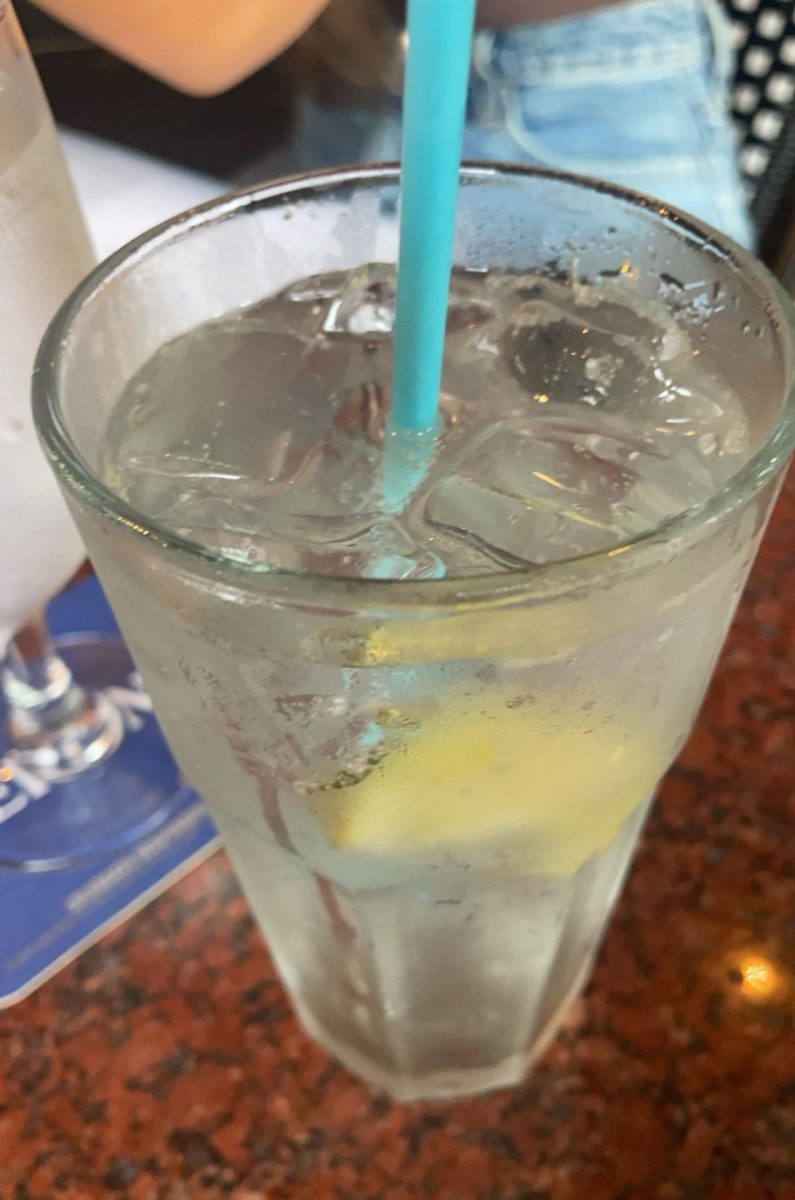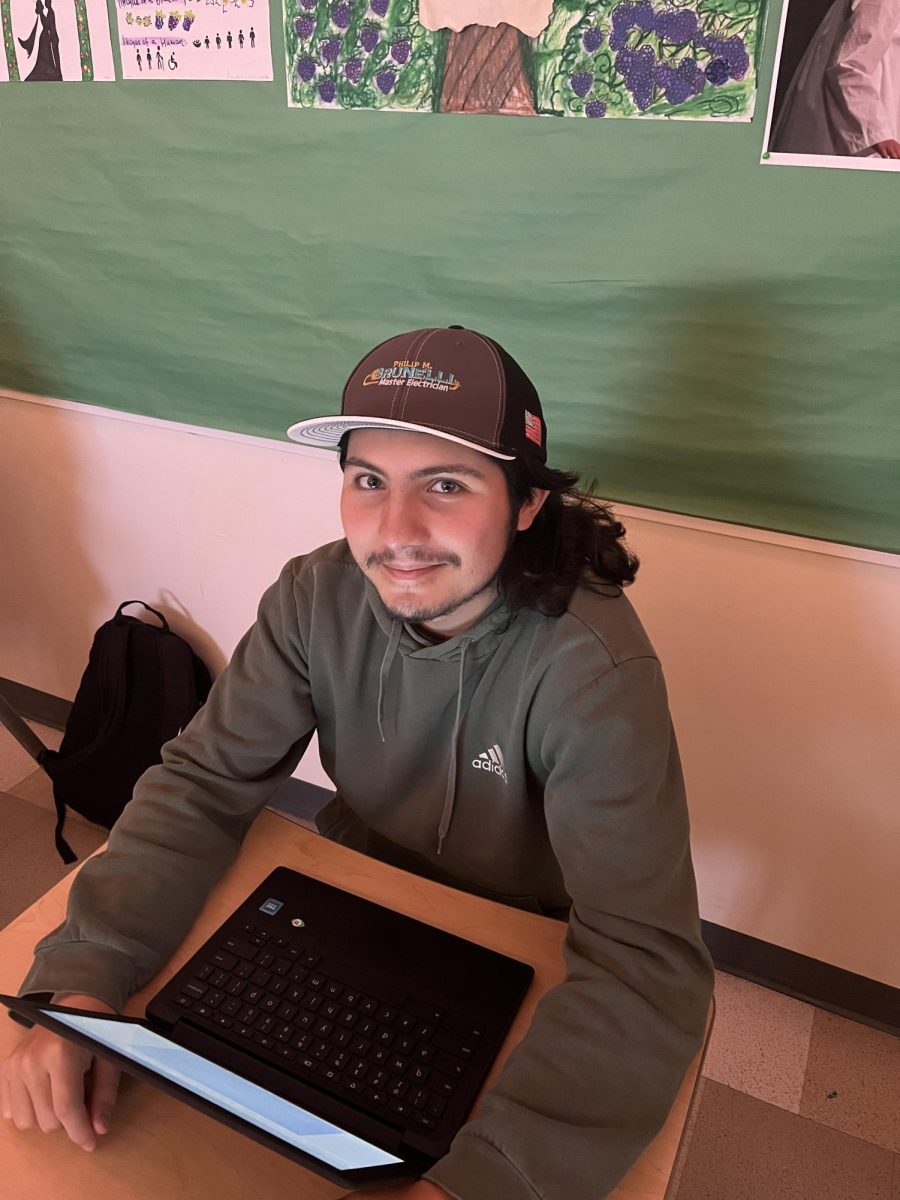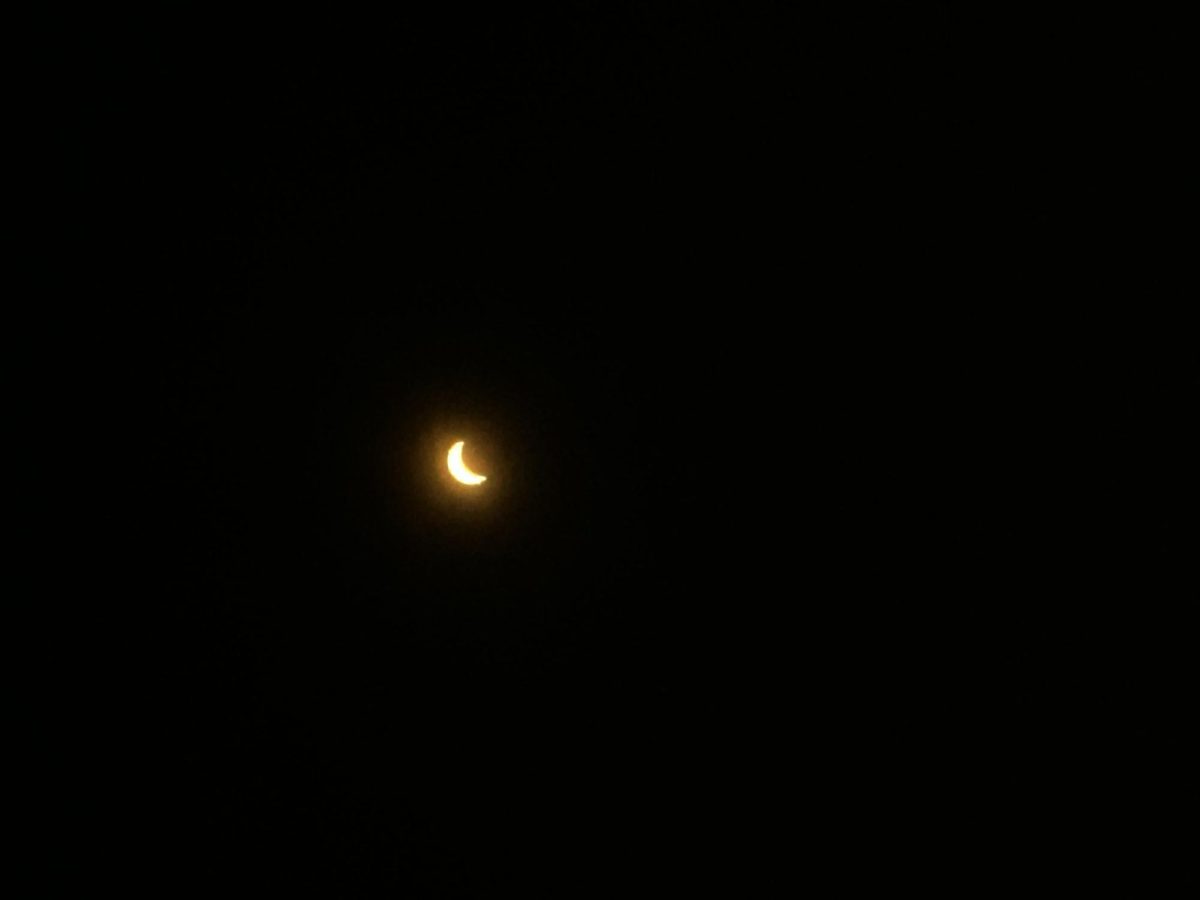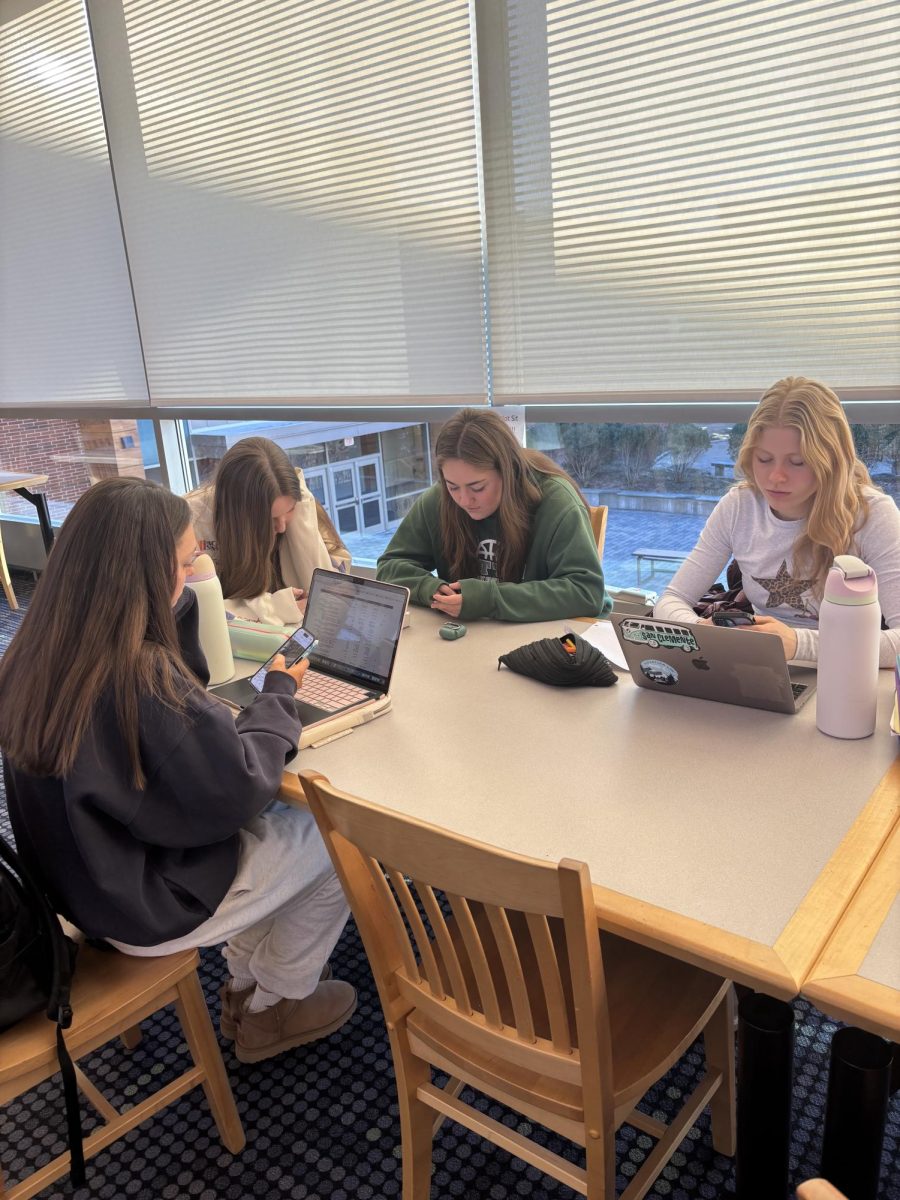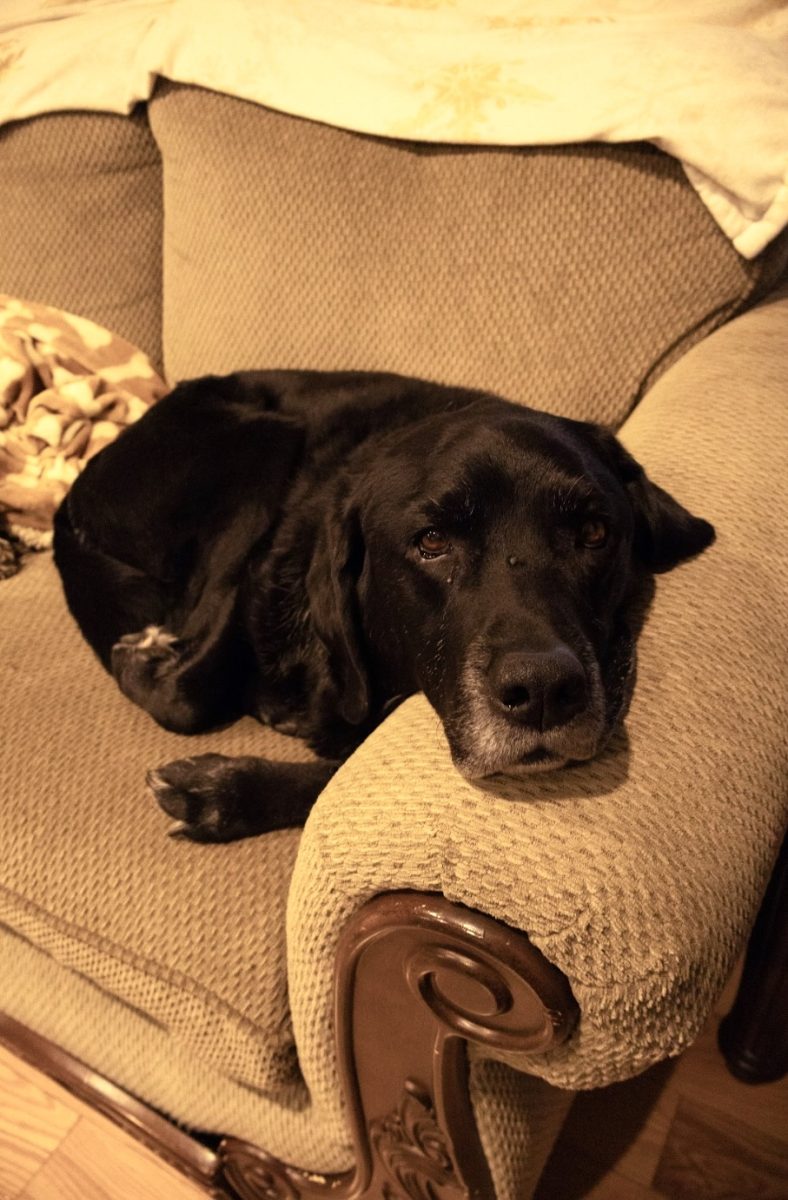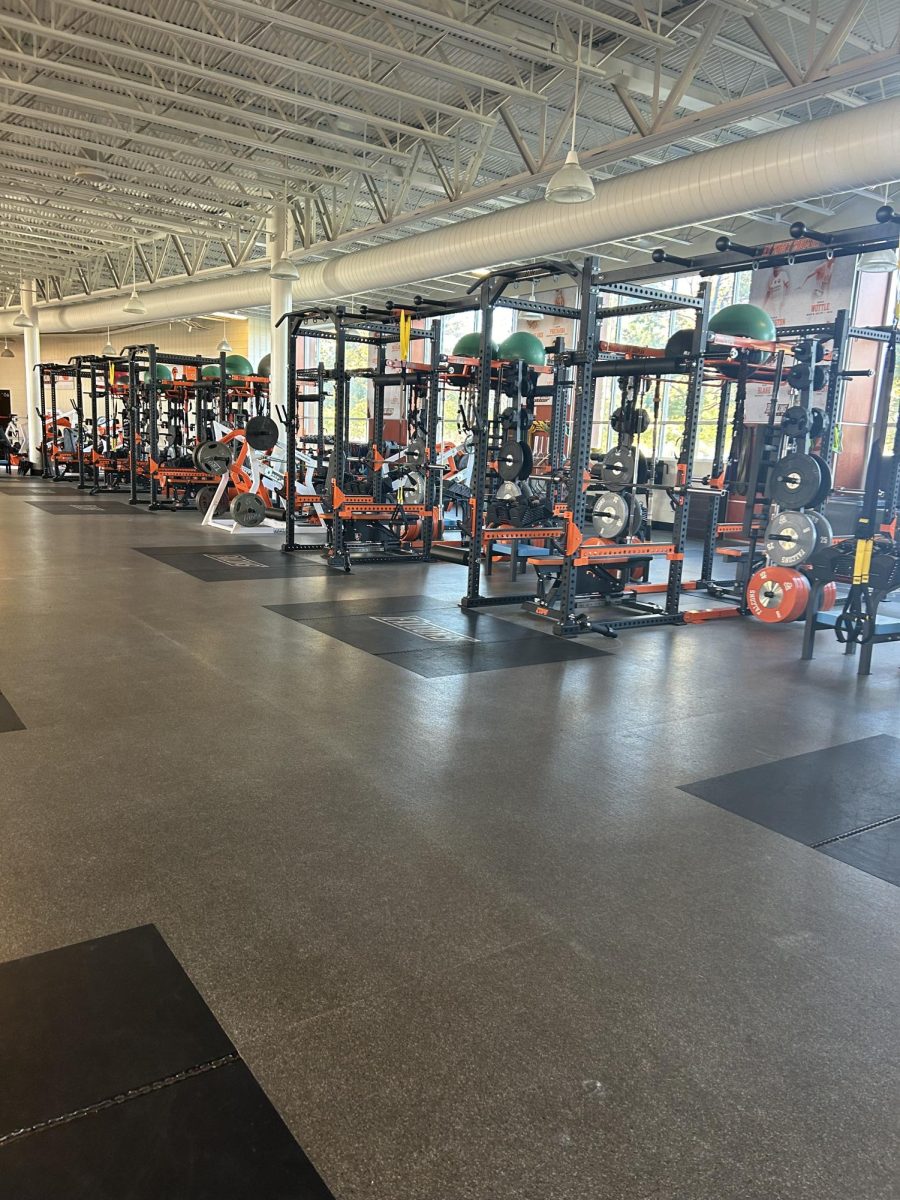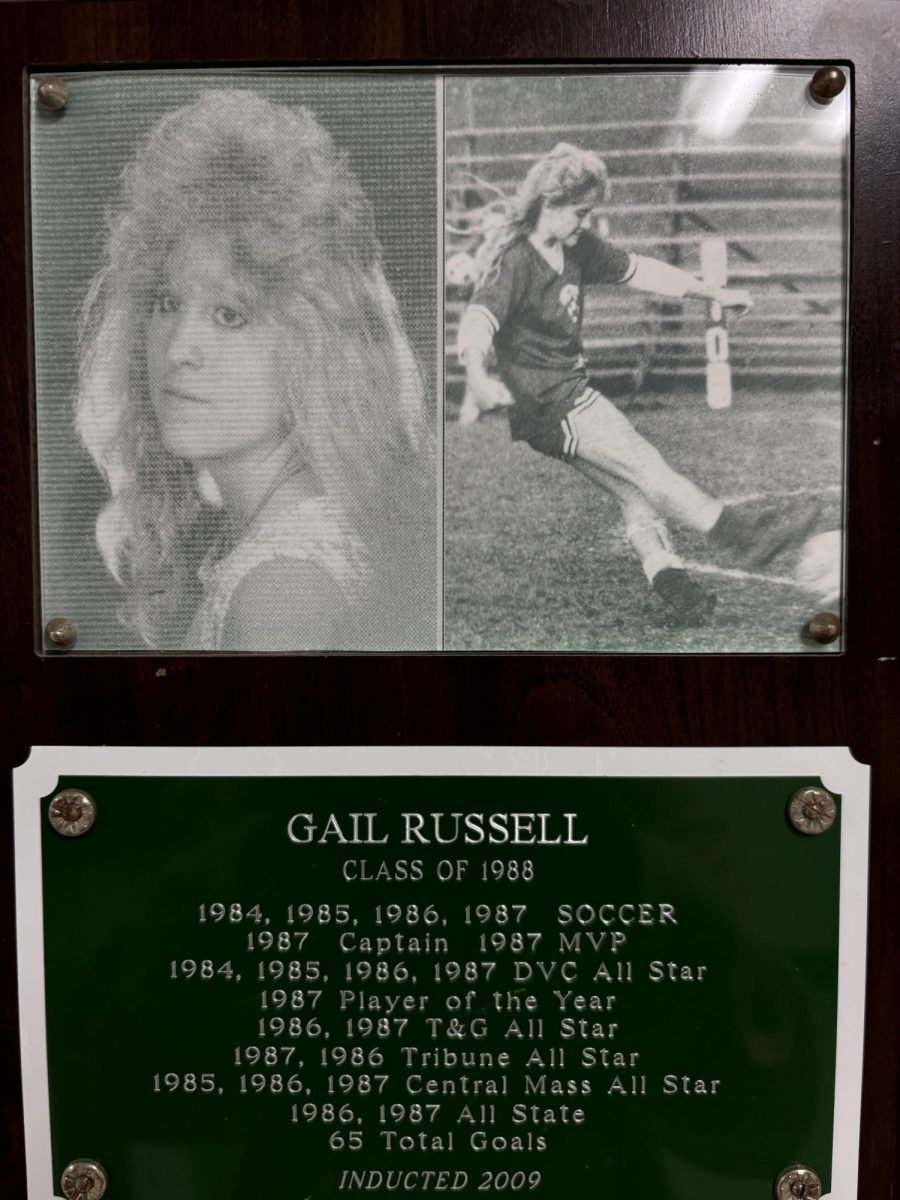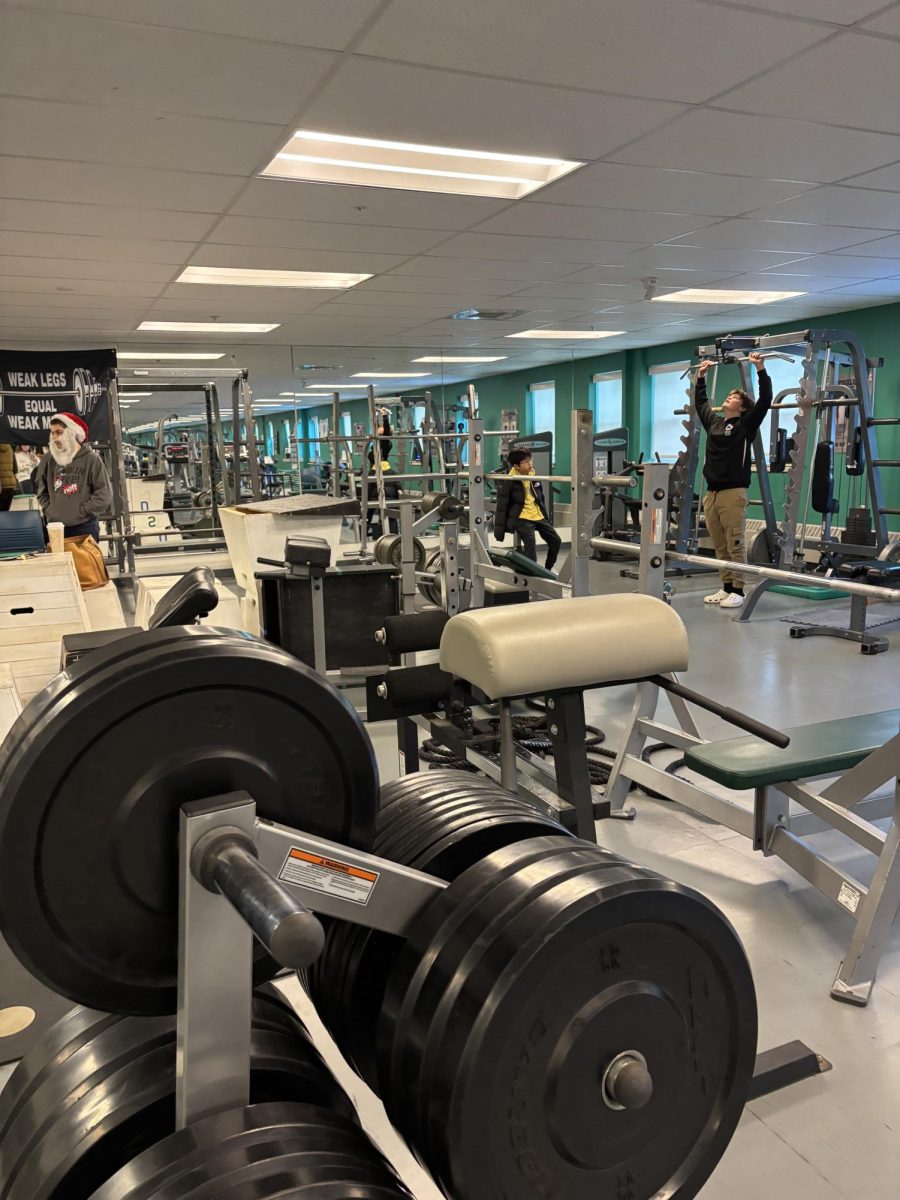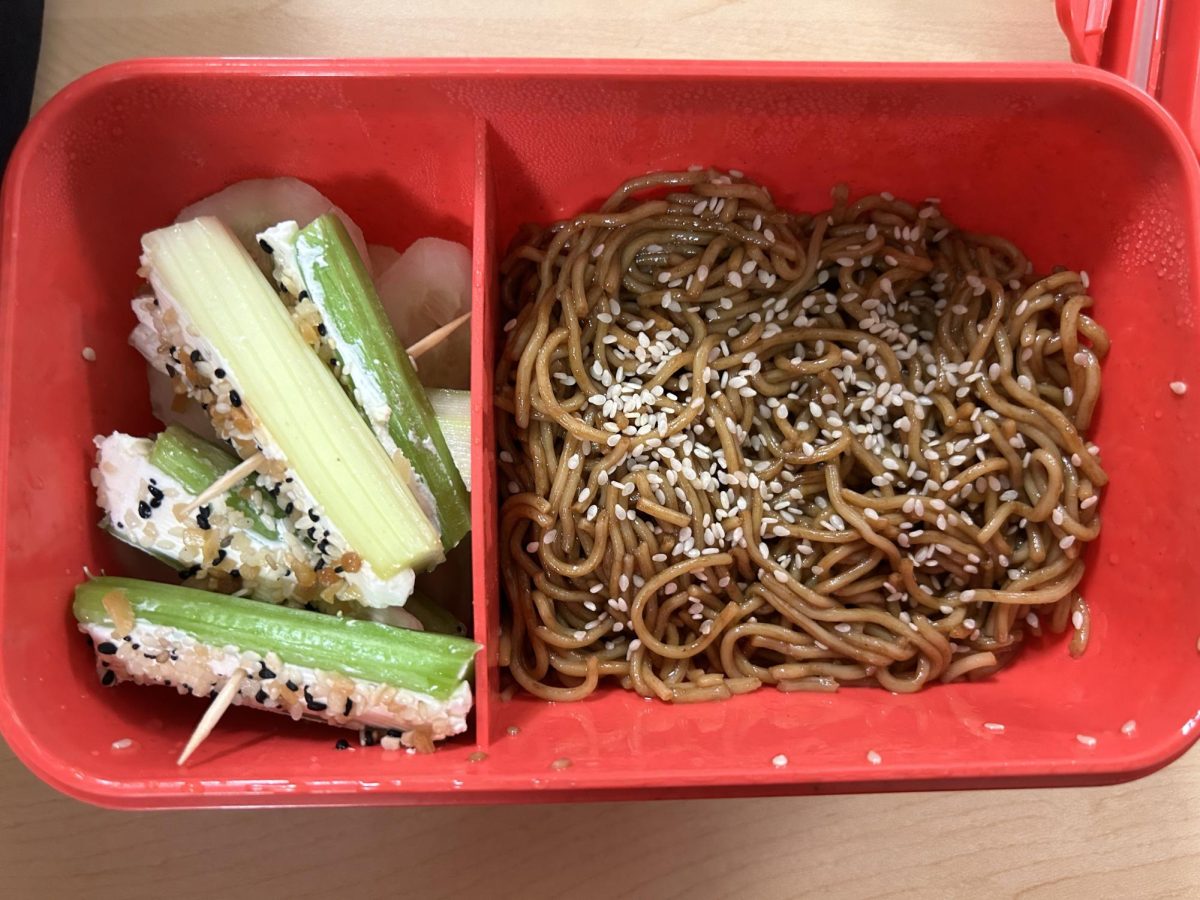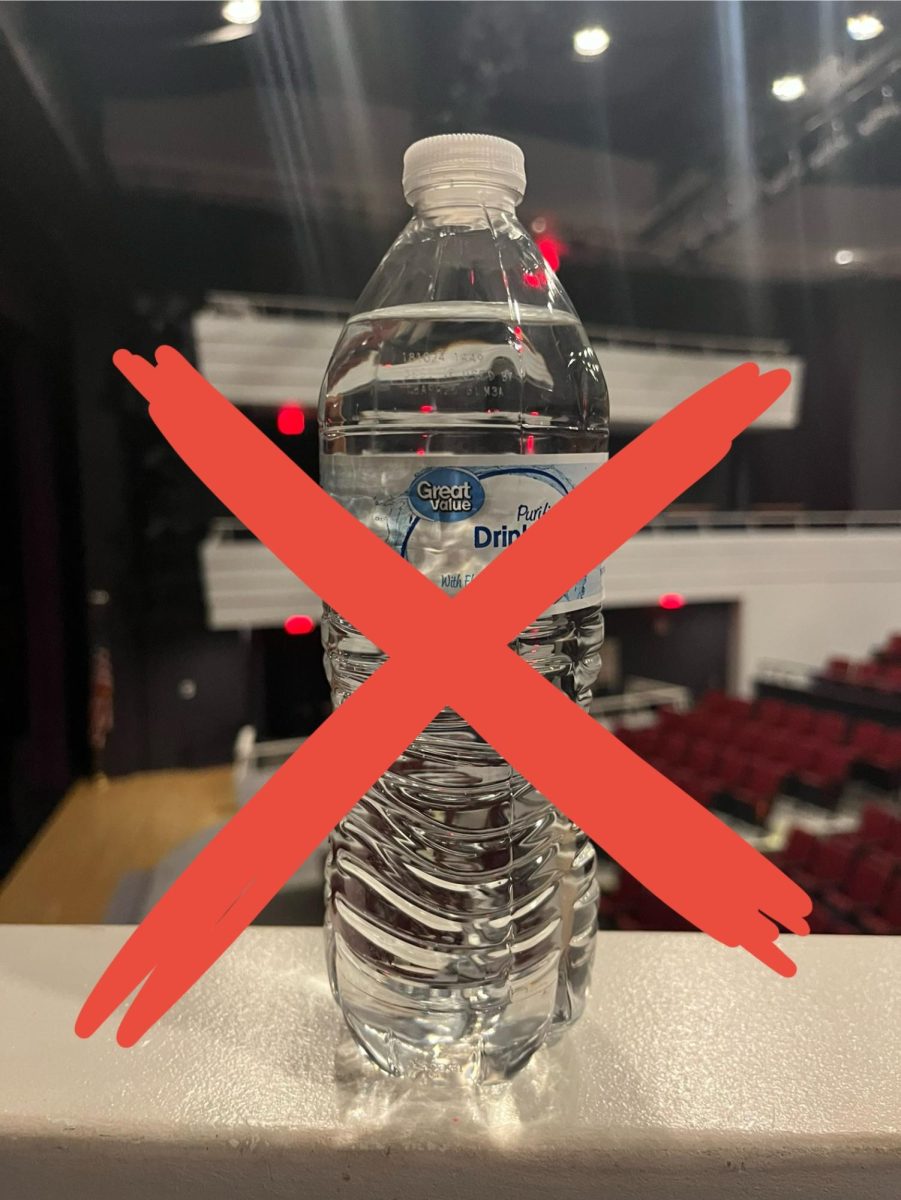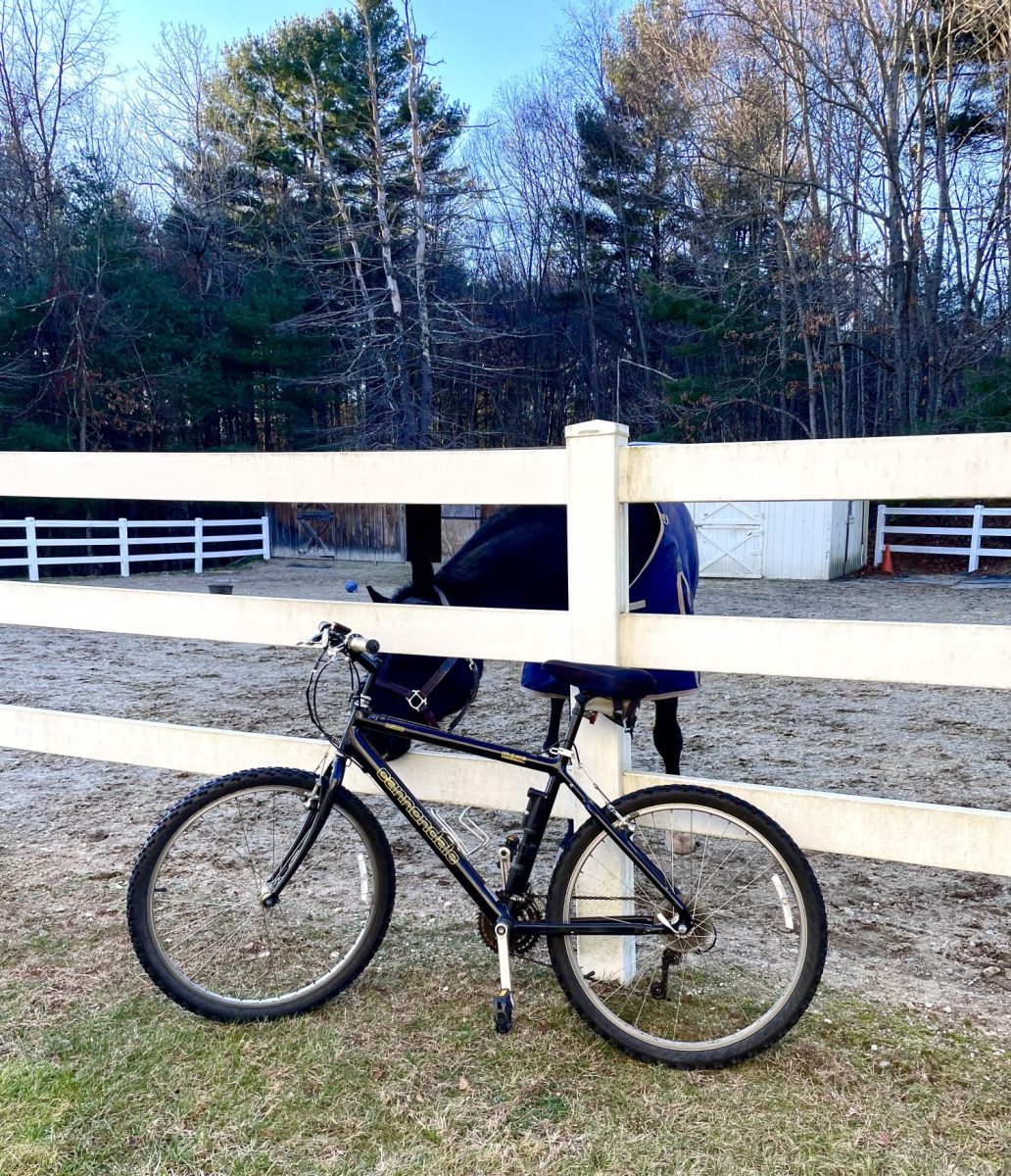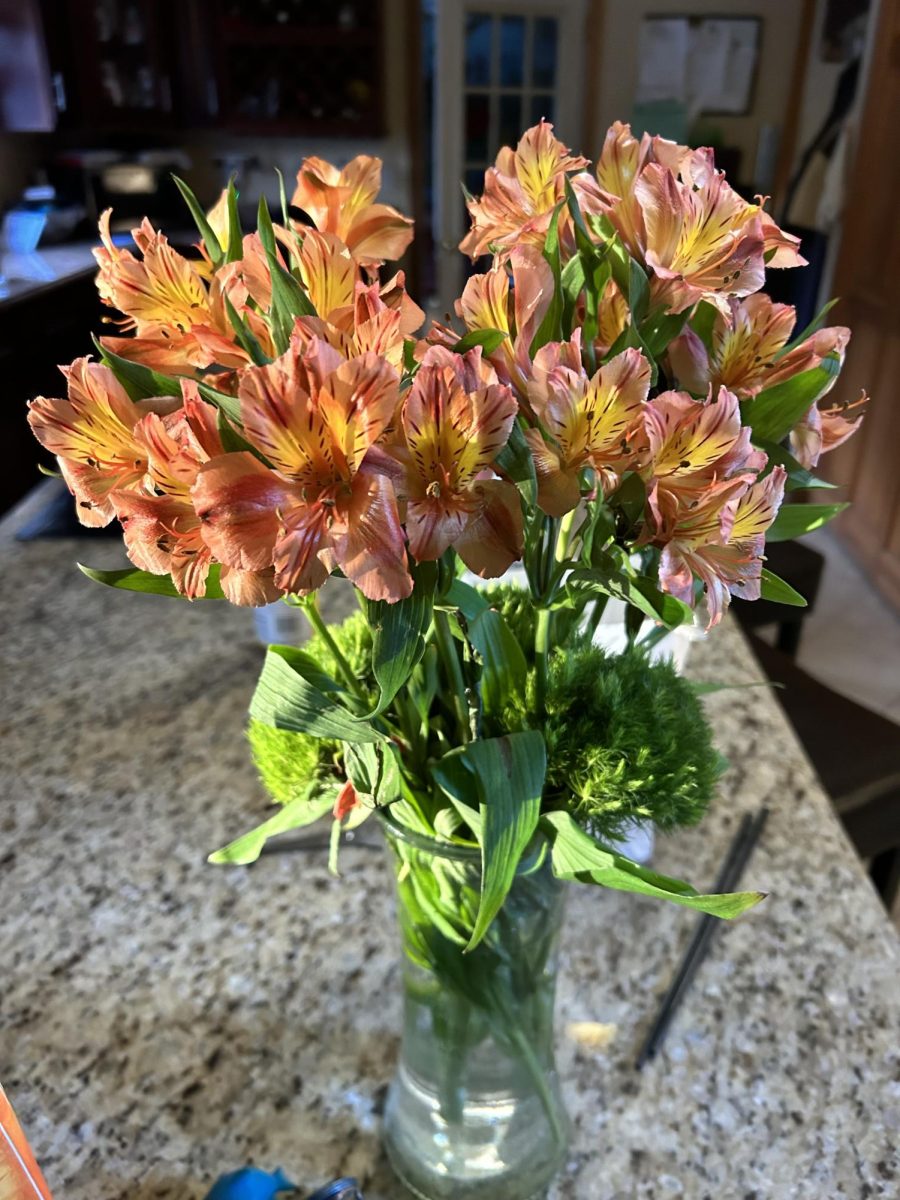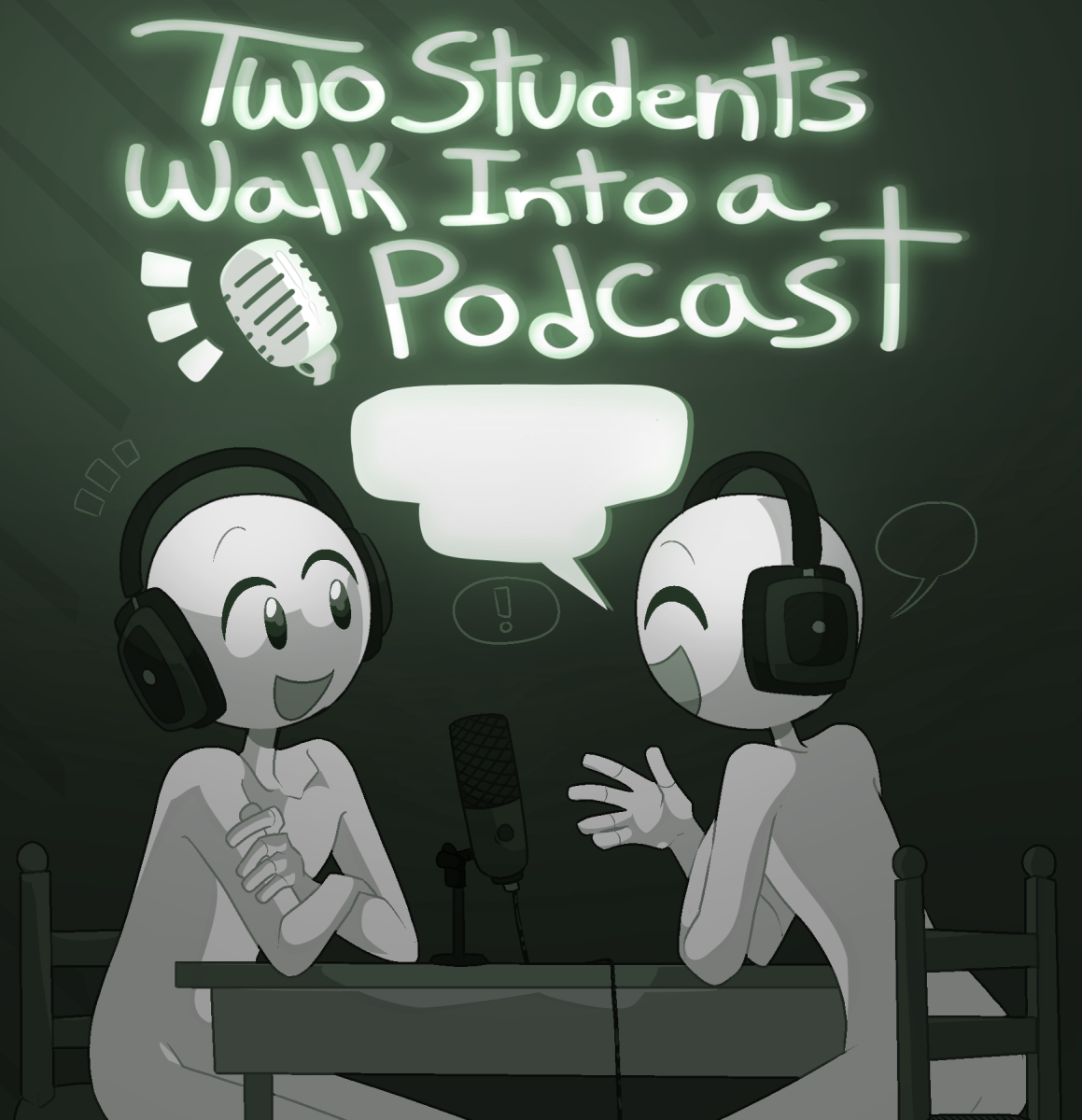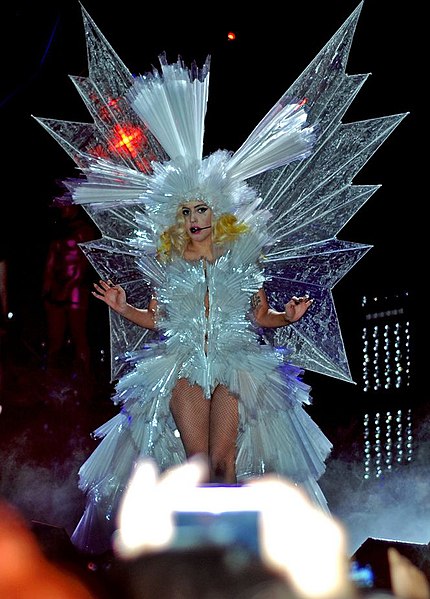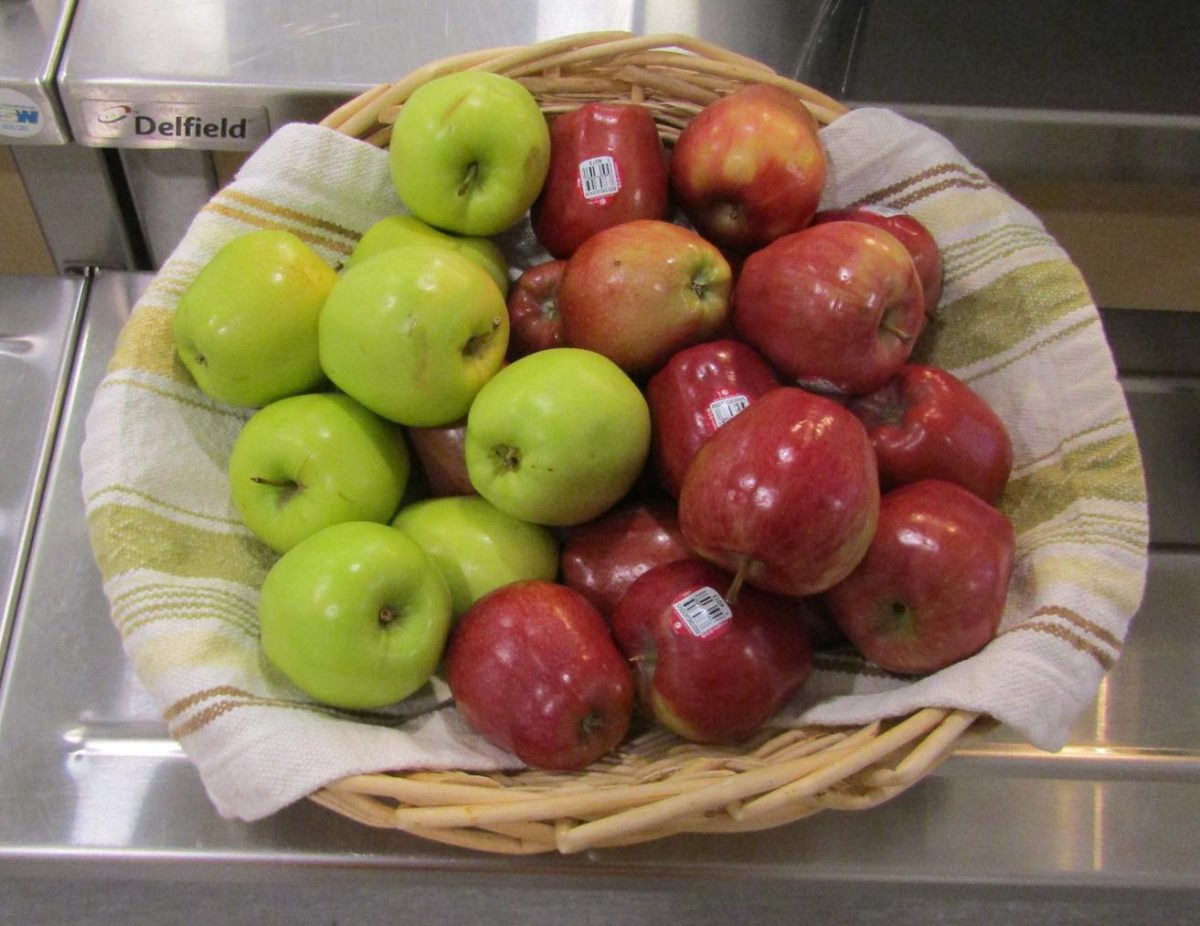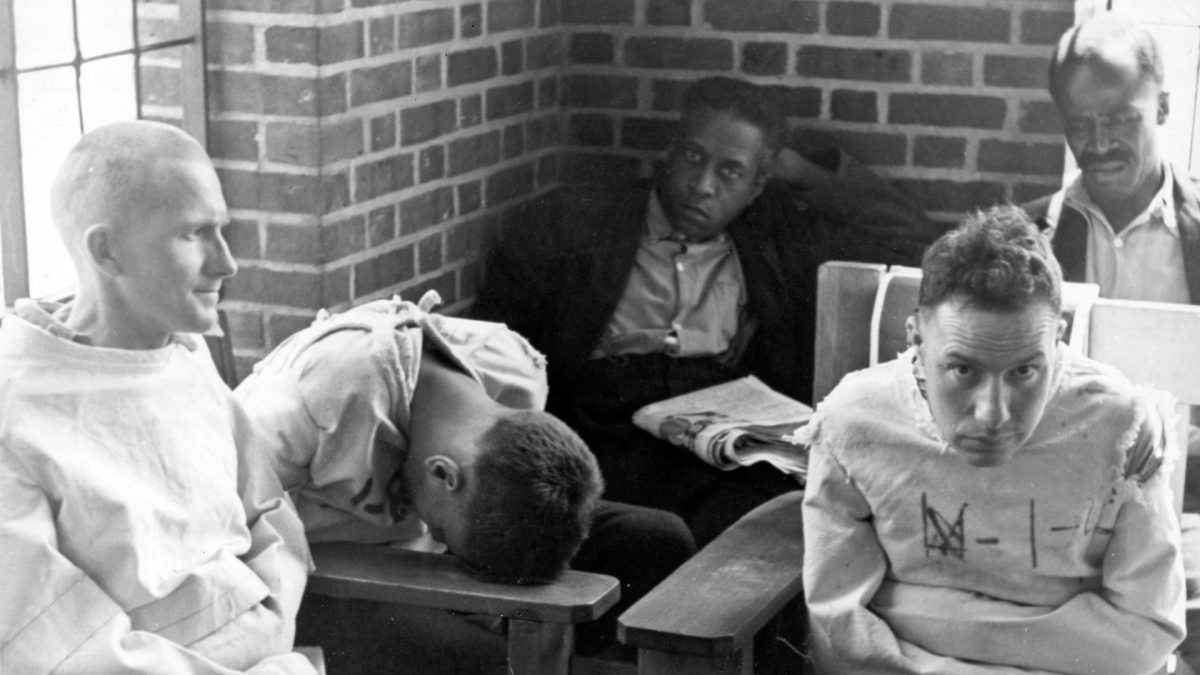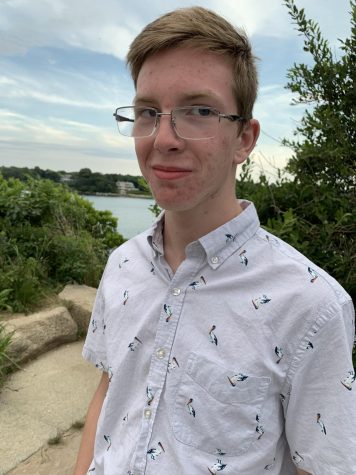The Search For An Underwater Grave
There is more to Sutton than what meets the eye.
May 2, 2022
Sutton, Massachusetts, established in 1704, has a great deal of history. Sutton dates back to and contains evidence of the industrial revolution, early mills, and small school houses.
Looking at Merrill Pond from the “outside”, it seems to be just a marsh-like pond. Certainly not something to go swimming in, but it makes good fun fishing or kayaking. Eight Lots School sits quietly nearby, and Silvermine Farm is just down the road.
But why? Why would I want to talk about such a pond? Merrill Pond contains great history remnants going back hundreds of years.
But also, the search for an underwater grave site.
I was looking for an idea to write an article about, particularly about Sutton history. My colleague Will Sawicki mentioned the presence of underwater graves in Merrill Pond. This spiked my interest, as I had heard of no such thing before in Sutton.
Thus my journey began with me searching through age old books, dated websites, and making endless Google searches.
I began scouring the internet. Where are these underwater graves? Unfortunately, Google had no answers to my question. The only somewhat useful sites that were popping up were the official town documents. Spending more time than I would like to admit, I looked through many.
Only one set of pages from the Sutton Reconnaissance Report by the Massachusetts Heritage Landscape Inventory Program gave me a hint that I was on to something: “There is an 18th century cemetery in the Wildlife Management Area, where vegetation is overgrown and some monuments are fallen over and broken” (20), and “18th Century Cemetery in Poor Condition: need to address status and preservation of cemetery and assign responsibility” (21).
I assumed that these were referencing the underwater graves, however, I had yet to realize that there were several cemeteries in the area. I knew that this wasn’t going to be fun if it wasn’t a challenge.
So I pressed on, and went to the school library. After finding help from Mrs. Farmer, I got the book “History of Sutton 1704-1876” by Rev. William A. Benedict and Rev. Hiram A. Tracy. Despite being several inches thick, I was confident I would find the information I needed. As I was about to leave the library, Mrs. Farmer mentioned that I should email the Sutton Historical Society.
I read through the sources I had gathered and found out a lot of interesting information. Merrill Pond was once a cranberry plantation, owned by the Sutton Cranberry Company. Precisely 12 acres of this land was used for cranberry cultivation. Eventually, it was turned into a fish hatchery: “Before coming to Massachusetts, Mr. Merrill was employed by the State of Maine for over ten years in fish culture on Atlantic and Landlock salmon. He was appointed superintendent of the Sutton Fish Hatchery, the first of its kind, in 1898” (History of Sutton Volume 2). The hatchery grew larger and larger, and he became a respected man. He eventually retired in 1941.
I decided the best move was to go to the place myself, with the help of Will, as I had no clue where it actually was. We ventured through the forest, and eventually landed upon a large cemetery, about three to be exact (Arnold Cemetery, Freeland Farm Cemetery and Putnam-Woodbury Cemetery).
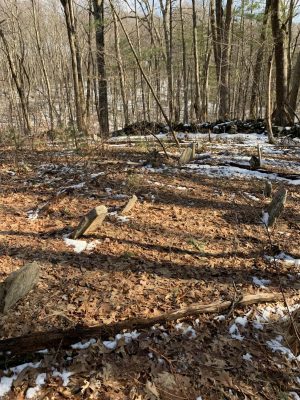
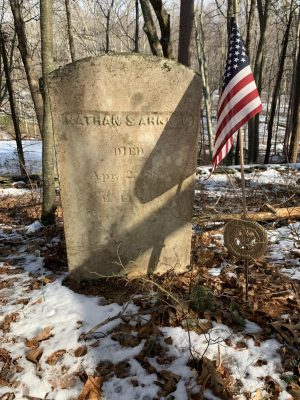
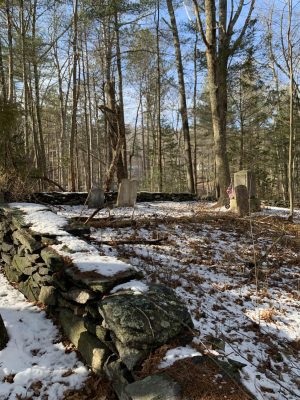
The first cemetery we entered was the Arnold Cemetery, defined by four stone walls surrounding it. About 12 graves lay here. Only about five were clearly visible, and legible. A prominent gravestone here, Nathan S. Arnold, is accompanied by an American flag for remembrance of his contributions to the American Revolutionary War.
Only about maybe 200 feet away, the Putnam-Woodbury Cemetery (also known as Old Plan Cemetery) carries about 25 graves. The only one that is clearly kept is Deacon Reuben Putnam’s grave. Most of the graves are made of field stones, “These are pieces of granite or basalt stone literally taken from the fields or from local quarries. Using fieldstone to mark burial sites was the common practice for the earlier settlers (not unique to Sutton and not unique to these two burial sites in Sutton),” says Ross Weaver, the head of the cemetery restoration project, and a part of the Sutton Historical Society.
The next cemetery, Freeland Farm Cemetery, is located just south of the Putnam-Woodbury cemetery, separated by a low standing rock wall. It is suspected that these cemeteries were once one large gravesite. There are about 50 estimated graves in these 2 areas. Nearby an old mill lay deserted, only the rock walls stand now.
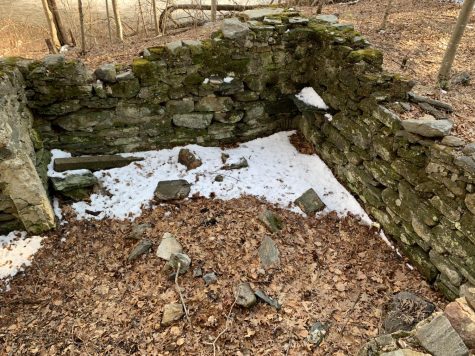
“Of those fieldstones the only with currently readable inscriptions are for Benjamin and Joshua Woodbury in Putnam-Woodbury Cemetery and Mary Wilkins at Freeland Farm Cemetery (whose memorial is mis-linked to the Arnold Cemetery page on Find A Grave). However, in 1905 the inscriptions found at that time were transcribed. Those transcriptions are the source of the information for the several memorials on the Putnam-Woodbury Cemetery page that do not have photographs attached” Ross Weaver continues.
Unfortunately, we did not find the underwater graves. It was pretty difficult to see through all the ice and mud, especially when we had no clue where they really were. We had only heard of them in passing rumors, however, there most likely are underwater graves due to built dams in Merrill Pond. There is a quote in Volume 2 of “History of Sutton”: “Burial place in Manchaug. Now under water. Three or more graves. Names not known”.
There is still so much to learn, even about these few dozen graves. Sutton is packed full of history, and lots of it is recorded. If you would like more information about anything in Sutton, email the Sutton Historical Society ([email protected]), or passion websites like Sutton Massachusetts, or maybe even some official documents. I enjoyed researching this, and I hope it was an interesting read.
